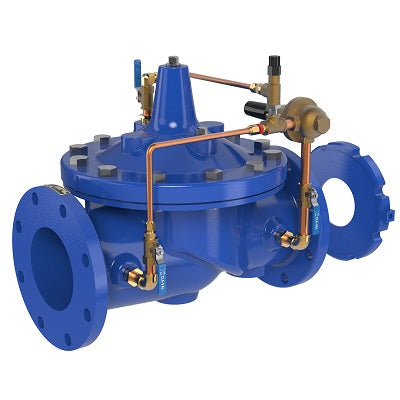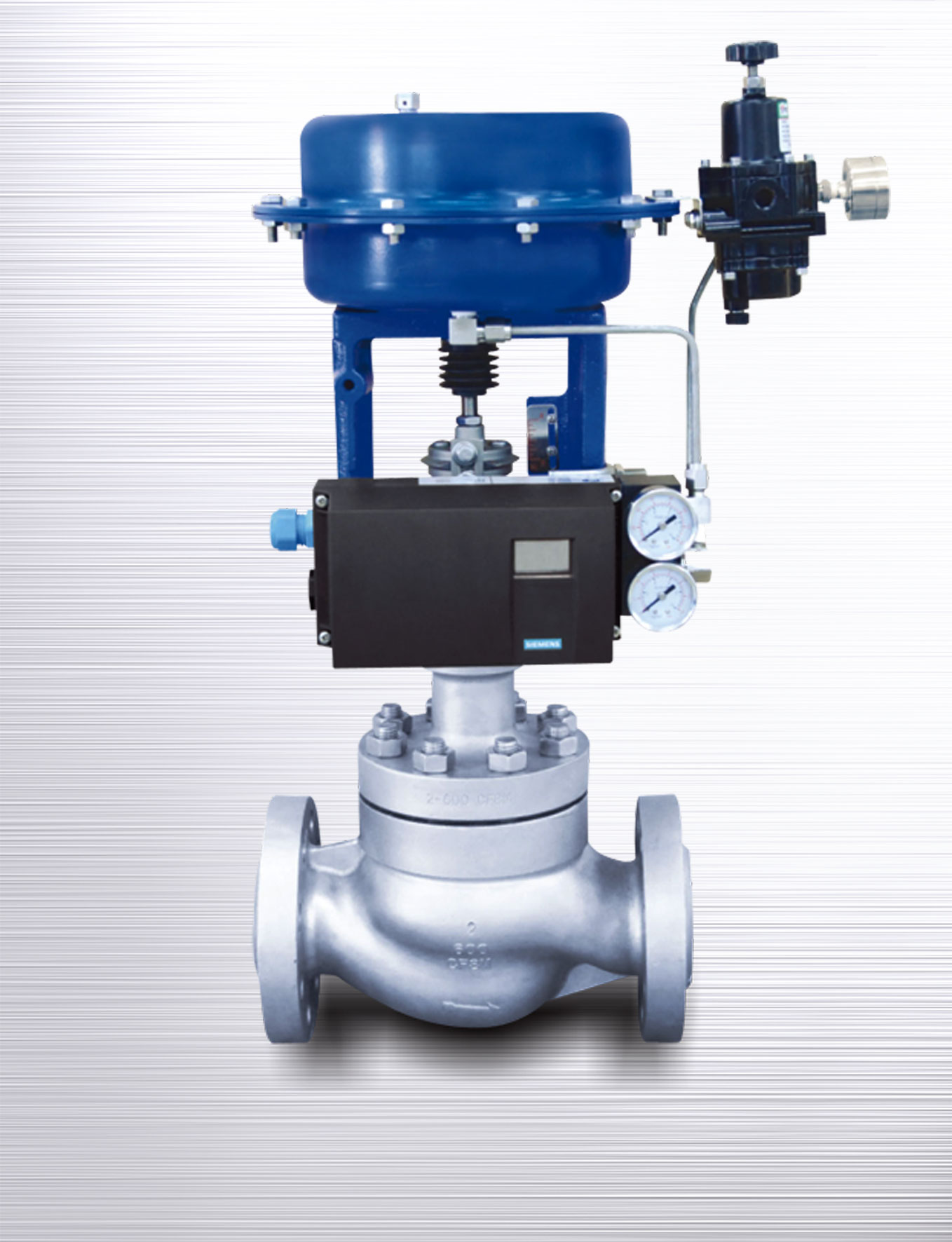The Role of Control Valves in Liquid Circulation Monitoring Equipment
The Role of Control Valves in Liquid Circulation Monitoring Equipment
Blog Article

Maximize Energy Savings and Comfort With Advanced Building Automation Controls
In the realm of contemporary architecture and facility monitoring, the combination of innovative building automation regulates stands as an essential improvement. The merging of technology and sustainability has birthed a new era where power efficiency, convenience optimization, and operational streamlining are no more attainable realities yet distant desires. By using the power of automation, buildings can adapt, respond, and advance in manner ins which were as soon as inconceivable. The potential for significant power savings and improved convenience is not simply an assurance but an opportunity waiting to be fulfilled. This standard shift in structure management holds the crucial to opening a globe where ecological conscientiousness and occupant wellness harmoniously exist together within the wall surfaces of our structures.
Energy Performance Conveniences
Power efficiency benefits can considerably decrease energy usage and functional costs in buildings. By executing energy-efficient methods and innovations, building owners and operators can accomplish considerable savings while additionally adding to environmental sustainability. One of the key benefits of enhancing energy performance in buildings is the decrease of energy bills. Energy-efficient systems, such as advanced building automation controls, can optimize making use of resources like lights, cooling, and heating, resulting in reduced energy expenditures gradually.
Furthermore, boosted power efficiency can prolong the life expectancy of building tools and systems. By running more efficiently, HVAC systems, lighting fixtures, and various other building elements experience less damage, leading to decreased maintenance and replacement expenses. In addition, energy-efficient buildings typically regulate greater residential property values and rental prices, offering long-lasting economic benefits to proprietors.
Additionally, energy performance can enhance passenger comfort and efficiency. Correctly managed interior environments with ideal lights and thermal conditions create a more enjoyable and favorable work area, causing enhanced employee satisfaction and performance. Generally, the power performance advantages related to advanced structure automation controls are complex, incorporating price financial savings, environmental stewardship, and passenger health.
Enhanced Comfort Control
Enhancing comfort control in building atmospheres requires an advanced assimilation of advanced automation systems for optimum occupant health. By making use of sophisticated structure automation controls, facilities can tailor the indoor atmosphere to satisfy the specific requirements and choices of occupants. These systems allow accurate guideline of lights, ventilation, and temperature, producing a productive and comfortable environment. Passenger satisfaction and efficiency are carefully connected to thermal convenience, making it necessary to have systems in position that can adapt to transforming problems in real-time.
By integrating these advanced controls, buildings can not just boost comfort yet likewise improve power performance by enhancing system procedures based on actual occupancy and use patterns. Ultimately, focusing on owner convenience through sophisticated automation systems leads to a more delightful and healthier interior setting.
Operational Efficiency Improvements

In addition, the execution of real-time surveillance and analytics tools allows building operators to determine power inefficiencies and functional abnormalities without delay. By constantly checking power use patterns and system efficiency metrics, changes can be made in real-time to optimize energy usage and make certain peak functional effectiveness. control valves. you could check here Furthermore, integrating need action methods into structure automation controls can even more improve operational effectiveness by dynamically readjusting energy use based on grid problems and prices signals
Indoor Environment Optimization
Effective indoor environment optimization is a basic facet of structure automation controls, ensuring passengers' comfort and health while making the most of power cost savings. By using advanced sensing units and controls, building automation systems can constantly check and adjust temperature level, humidity levels, air high quality, and air flow to produce an optimum indoor atmosphere. Maintaining comfy and constant problems not only boosts occupant fulfillment but likewise improves performance and overall well-being.
Interior environment optimization likewise plays a crucial duty in energy efficiency. By fine-tuning cooling, ventilation, and home heating systems based upon real-time data and tenancy patterns, constructing automation controls can considerably decrease energy consumption - control valves. As an example, applying strategies such as demand-controlled air flow and thermal zoning can aid minimize energy waste while guaranteeing that each area of the building gets the required conditioning.

Sustainable Setting Development
Structure automation regulates not only maximize indoor climate conditions for energy performance and passenger comfort however also lay the foundation for creating a lasting environment via critical management of sources and systems. By integrating innovative building automation technologies, such as sensing units, actuators, and intelligent software, centers can change and keep an eye on power usage in real-time to lessen waste and lower their carbon footprint. These systems make it possible for predictive maintenance, identifying prospective problems before they intensify and enhancing devices performance to enhance long life and efficiency.
Moreover, sustainable setting development extends past power administration to include water conservation, waste reduction, and interior air quality renovation. Structure automation controls can regulate water usage, find leakages, and guarantee correct waste disposal methods, adding to general sustainability initiatives. Furthermore, by monitoring and managing air flow and purification systems, these innovations read review boost occupant health and wellness and performance while lowering power intake associated with a/c procedures.
Conclusion
In verdict, advanced building automation manages deal substantial advantages in terms of energy financial savings, convenience control, operational effectiveness, interior climate optimization, and creating a sustainable atmosphere. By executing these controls, structures can accomplish optimal efficiency while reducing power intake and boosting occupant comfort. It appears that the usage of advanced automation technology is vital in enhancing building performance and developing an extra sustainable future.
Energy efficiency benefits can dramatically reduce energy consumption and functional prices in structures. In general, the power performance advantages connected with sophisticated building automation controls are complex, encompassing cost savings, environmental stewardship, and owner wellness.
Furthermore, incorporating need response methods into structure automation controls can additionally improve operational performance by dynamically changing power usage based on grid problems and prices signals.
Building automation regulates not only maximize interior environment conditions for power efficiency and passenger comfort but likewise lay the structure for producing a lasting atmosphere via strategic administration of resources and systems.In verdict, advanced structure automation controls offer significant benefits in terms of energy financial savings, comfort control, functional efficiency, indoor environment optimization, and producing a lasting environment.
Report this page